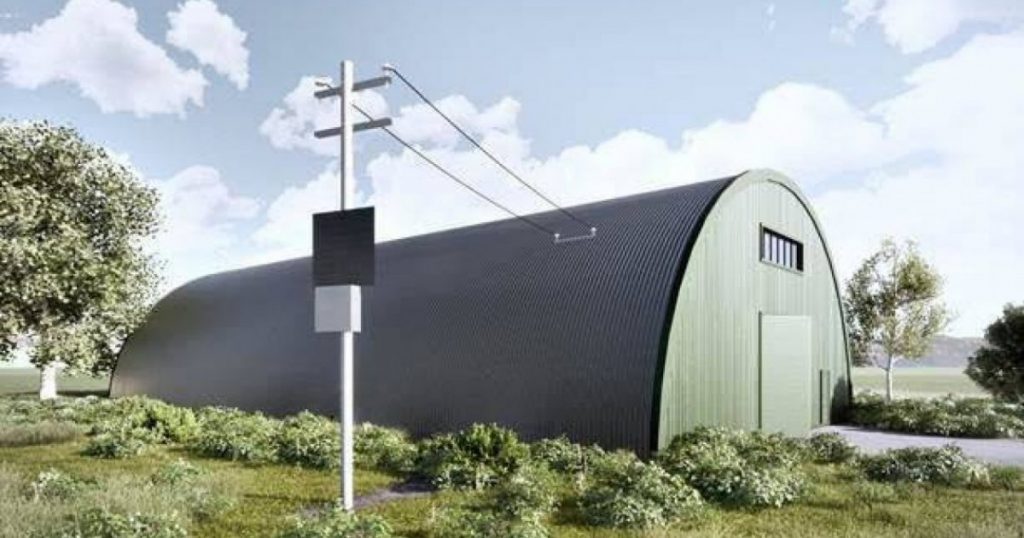
New Zealand will test long-range wireless electricity transmission
New Zealand will test long-range wireless electricity transmission
A startup in New Zealand has developed a technology to transmit electricity wirelessly over long distances
As early as 1890, Nikola Tesla demonstrated that with a large coil he could turn on a light bulb up to 3 km away. He dreamed of placing huge antennas around the world to spread electricity to any point on the planet without the need for networks and wires. Today that dream can become a reality thanks to Emrod, a startup in New Zealand that has developed an innovative technology for transmitting electricity over long distances wirelessly.
The system consists of a transmitting antenna, several repeaters and a receiving antenna.
The transmitting antenna converts electricity into microwave energy and focuses it into a cylindrical beam. The microwave beam is sent through a series of repeaters, which look like square plates placed on a pole, until it reaches the receiving antenna, or upright, an antenna capable of converting microwave energy back into electricity. The beam is in the ISM (industrial, scientific and medical) frequency band of radio waves, which also includes Wi-Fi and Bluetooth.
The plant operates in all weather conditions including fog or rain.
It just needs a clear and continuous line of sight between the repeaters. Thus, this new technology can transmit electricity for thousands of kilometers at a fraction of the infrastructure and maintenance costs, as well as the environmental impact, which would occur with a wired solution. A low-power laser curtain is used as a safety system that instantly stops the transmission of electricity at the exact moment when an object, such as a bird or a drone, crosses the beam.
Although microwave energy propagation technology has been around for decades, what makes Emrod’s wireless electrical transmission different is its high degree of efficiency and the almost complete absence of power loss. “The efficiency of all the components we developed is very good, almost 100 percent. We are not the first to implement this technology, but we are the first to have a commercially viable solution,” said Greg Kushner, founder of the startup.
Powerco, New Zealand’s second largest electricity distributor, also believes in this system, which is funding Emrod to start a large-scale project. The startup has developed a small prototype that manages to transmit a few Watts to a few dozen metres, but it will build a larger, more efficient model for Powerco that will be tested for several months in the lab before field testing.
At least initially, the device will only be able to provide a few kilowatts of power, but in the future it will be easily scalable. “We can use the exact same technology to transmit 100 times more power over much longer distances. Wireless systems using Emrod technology can transmit any amount of power current transmitted by wired solutions,” Kushner said.

“Reader. Travel maven. Student. Passionate tv junkie. Internet ninja. Twitter advocate. Web nerd. Bacon buff.”
